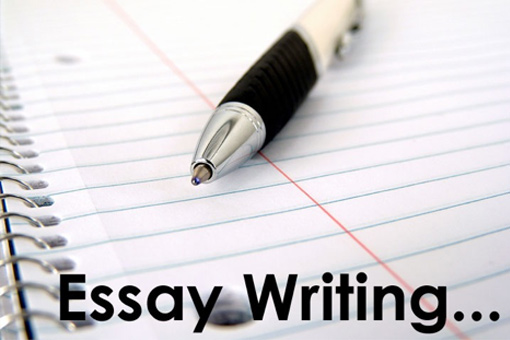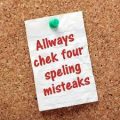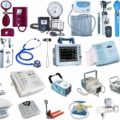What makes an A+ paper so outstanding? The active voice, good paragraph transitions, and bold, well-argued statements are key.
A really strong essay needs more than just a good underlying idea; good ideas can get lost where essay writers fail to express themselves in a clear, straightforward, and engaging way. Bookend essays with a detailed and specific introduction and a concise, effective conclusion. The body paragraphs can then be polished using a few key writing techniques:
Use the Active Voice
The passive voice is vague and unnecessarily wordy, whereas the active voice is more direct and engaging to read. In the active voice, the subject of a sentence is acting that sentence: “Hamlet fights Laertes.”; “Claudius murders his brother, Old Hamlet, and marries the widow Gertrude.”
In the passive voice, the “doer” of the action gets buried in the sentence and the recipient of the action becomes the (passive) subject: “Laertes is being fought by Hamlet.”; “Claudius’s brother, Old Hamlet, is murdered by Claudius, and the widow Gertrudeis married by Claudius.”
The second example, in particular, reveals how the passive voice can become ambiguous: is Claudius Gertrude’s groom or does he officiate the wedding ceremony? Also note that the passive sentence mentions Claudius three different times, whereas the active sentence is far more concise.
Use Present-Tense Verbs
Along similar lines, present-tense verbs are more engaging and direct. Writers may feel inclined to discuss Hamlet in the past tense because they’ve already read it, but within the world of the play itself, the events are taking place now. The only events that should be discussed in the past tense are the things that take place before the action of the play (or other course material) begins — Old Hamlet’s murder and Gertrude’s wedding, for instance.
The other good reason to make a habit of using present-tense verbs is that the reader is not necessarily familiar with the materials under discussion, and an essay that describes everything in the past tense can become very confusing: which parts of the action take place in the story and which ones occur beforehand or in flashbacks? A paper submitted for an essay contest or publication in an academic journal will have to assume a general readership and stick to the present tense for clarity.
Write Good Paragraph Transitions
While paragraphs are necessary to mark shifts in an essay’s discussion points, the adage “new paragraph, new subject” is somewhat misleading. Essay writers should avoid abrupt subject changes since they can cause the reader to lose the thread of the argument. According to the custom essay writing service, even if an argument is spelled out clearly in the thesis paragraph, the reader needs little signposts throughout the essay that indicate how the body paragraphs all fit together as one unified train of thought.
The mark of a distinguished essay writer is that he or she uses the paragraph transitions to logically connect an essay’s ideas from one paragraph to the next. Certain conjunctions or transitional phrases can facilitate a strong paragraph transition: “concurrently”, “by contrast”, “meanwhile”, “at the same time”, and “on the other hand” are just a few examples of phrases that help to guide the reader by clearly indicating how the essay’s ideas fit together. Transitions can also be implied by a conceptual link between the topics covered in the connected paragraphs.
Eliminate Tentative Statements
There’s a certain impulse to couch statements in tentative phrases to avoid sounding like a know-it-all or to acknowledge the possibility that there are different interpretations of the materials: “Hamlet seems as though he might be depressed, and he possibly considers taking his own life.” A tentative tone can undermine the strength of the essay, though, by making it sound as if the writer is uncertain or even unconvinced of his or her thesis. Be assertive. Make bold, confident claims about the material.
These claims need to be backed up, of course, with detailed and secondary sources to the text. Broad, sweeping gestures to the work as a whole are insufficient — the Hamlet example above would be well-supported with a quotation from the “to be or not to be” soliloquy in Act III Scene I, rather than with a very general statement about Hamlet’s bad moods and his skulking around the castle throughout the play. Textual support should always demonstrate a deep level of engagement with the text rather than a superficial one.
Quick Checklist for a First-Rate Paper
- The essay uses the active voice
- The essay discusses course materials in the present tense
- Ideas are clearly and logically connected across paragraphs
- The author avoids tentative or uncertain statements
- Bold assertations are backed up with detailed, specific examples from the text





